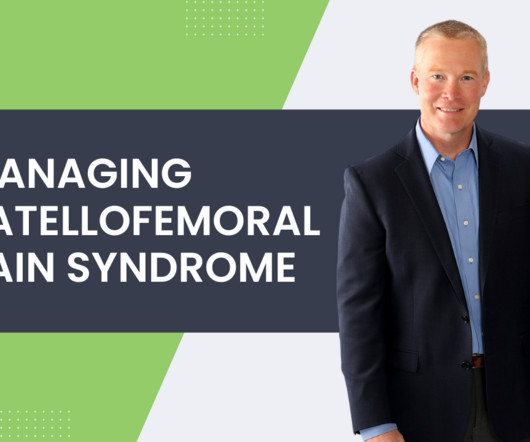Brachioradial Pruritus: The Neuropathic Itch Every DC Should Recognize
ChiroUp
JANUARY 2, 2025
A brachioradial pruritus diagnosis is primarily accomplished through clinical history and physical examination. Brachioradial pruritis differential diagnosis considerations: It is crucial to exclude dermatological causes like eczema or contact dermatitis. 2016 Jul;91:549-51. 2016 Jun;43(3):401-7. Robbins BA, Schmieder GJ.














Let's personalize your content